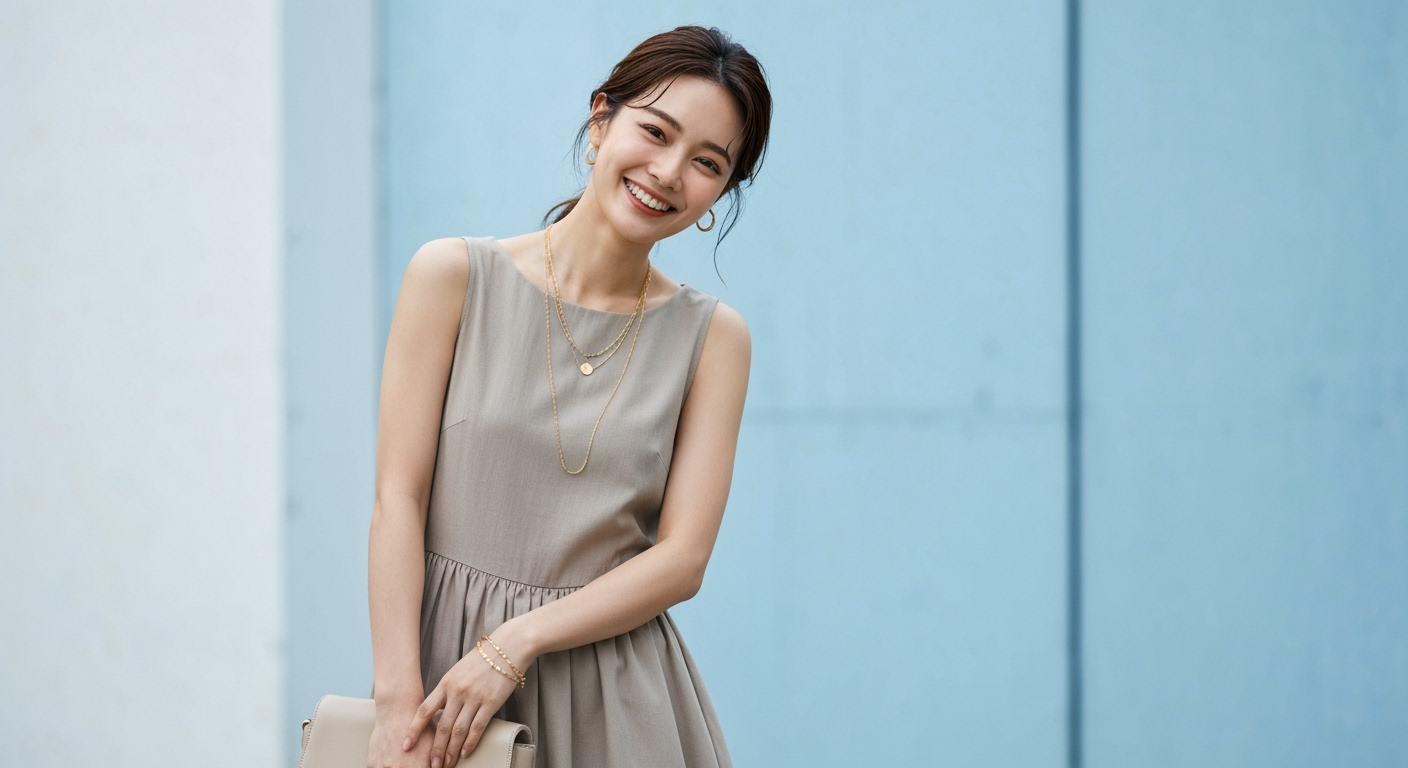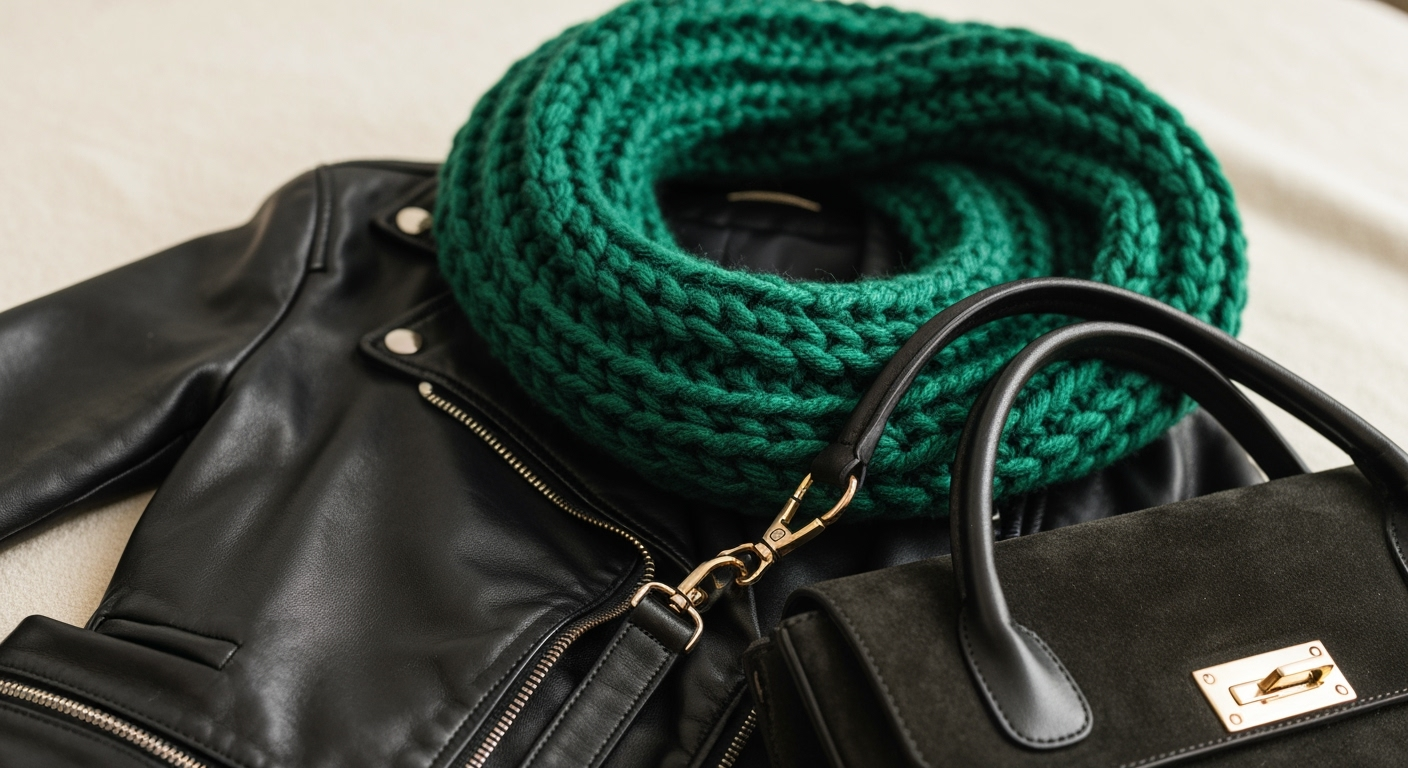
Accessories are the secret weapon in any stylish woman’s arsenal. They have the power to transform a simple outfit into a statement, reflecting your personality and adding a touch of sophistication. But mastering the art of accessorizing can be tricky. Too much, and you risk looking cluttered; too little, and your outfit might fall flat. This guide will equip you with the knowledge and confidence to accessorize like a true style expert.
Understanding the Power of Accessories
Accessories aren’t just an afterthought; they’re an integral part of your overall look. They can:
- Add personality: Reflect your unique style and interests.
- Elevate basics: Transform even the simplest jeans and t-shirt into a chic ensemble.
- Create focal points: Draw attention to your best features.
- Pull an outfit together: Tie different elements of your look together for a cohesive finish.
Key Accessory Categories
To build a versatile accessory collection, focus on these essential categories:
- Jewelry: Necklaces, earrings, bracelets, rings. Consider metals (gold, silver, rose gold), styles (minimalist, statement), and materials (pearls, gemstones).
- Handbags: Clutches, totes, shoulder bags, crossbody bags. Think about size, shape, color, and material (leather, canvas, fabric).
- Shoes: Heels, flats, boots, sneakers. Choose styles that complement your wardrobe and personal style.
- Scarves: Silk scarves, wool scarves, patterned scarves. Use them to add color, texture, and warmth.
- Belts: Leather belts, chain belts, fabric belts. Define your waist and add visual interest.
- Hats: Fedoras, beanies, baseball caps. Protect yourself from the sun and elevate your look.
- Sunglasses: Protect your eyes and add a touch of glamour.
Rules of Accessorizing (and When to Break Them)
While experimentation is key, these guidelines will help you start on the right foot:
1. Less is Often More
A common mistake is over-accessorizing. Start with a few key pieces and build from there. Think of it as editing: remove anything that doesn’t enhance the overall look. Instead of wearing multiple statement pieces at once, choose one focal point, such as a bold necklace or eye-catching earrings.
2. Consider the Occasion
Your accessories should be appropriate for the setting. What works for a casual brunch might not be suitable for a formal evening event. For professional environments, opt for understated and classic pieces. For a night out, you can be more daring with bolder and trendier accessories.
3. Balance Proportions
Ensure your accessories complement your body type and the proportions of your outfit. For example, if you’re wearing a flowy maxi dress, a delicate necklace might get lost. Opt for something slightly bolder or longer to balance the volume of the dress. Similarly, petite women should avoid oversized bags that can overwhelm their frame.
4. Coordinate Colors and Textures
Your accessories should harmonize with the colors and textures of your outfit. Consider the color wheel and choose accessories that complement or contrast your clothing. For example, a warm-toned outfit might pair well with gold jewelry, while a cool-toned outfit might look better with silver.
Experiment with textures to add visual interest. A smooth leather handbag can add sophistication to a casual outfit, while a textured scarf can add warmth and depth.

5. Don’t Be Afraid to Break the Rules
Once you understand the fundamentals, don’t be afraid to experiment and develop your own unique style. The best way to learn is by trying different combinations and seeing what works for you. Mix metals, play with patterns, and don’t be afraid to make bold choices. Fashion is about self-expression, so have fun and let your personality shine.
Building Your Accessory Wardrobe
- Start with the Basics: Invest in high-quality, versatile pieces that you can wear with a variety of outfits, such as a classic leather handbag, a simple gold necklace, and a pair of neutral-colored shoes.
- Add Statement Pieces: Introduce a few statement pieces that reflect your personal style, such as a bold pair of earrings, a colorful scarf, or a unique belt.
- Consider Your Lifestyle: Choose accessories that are practical and functional for your everyday life. If you’re always on the go, a crossbody bag might be a better choice than a clutch.
- Shop Smart: Look for sales and discounts, and don’t be afraid to invest in timeless pieces that you’ll wear for years to come.
Conclusion
Mastering the art of accessorizing is a journey, not a destination. By understanding the basics, experimenting with different styles, and developing your own unique aesthetic, you can use accessories to elevate any outfit and express your individuality. So, go ahead, have fun with it, and discover the transformative power of accessories!